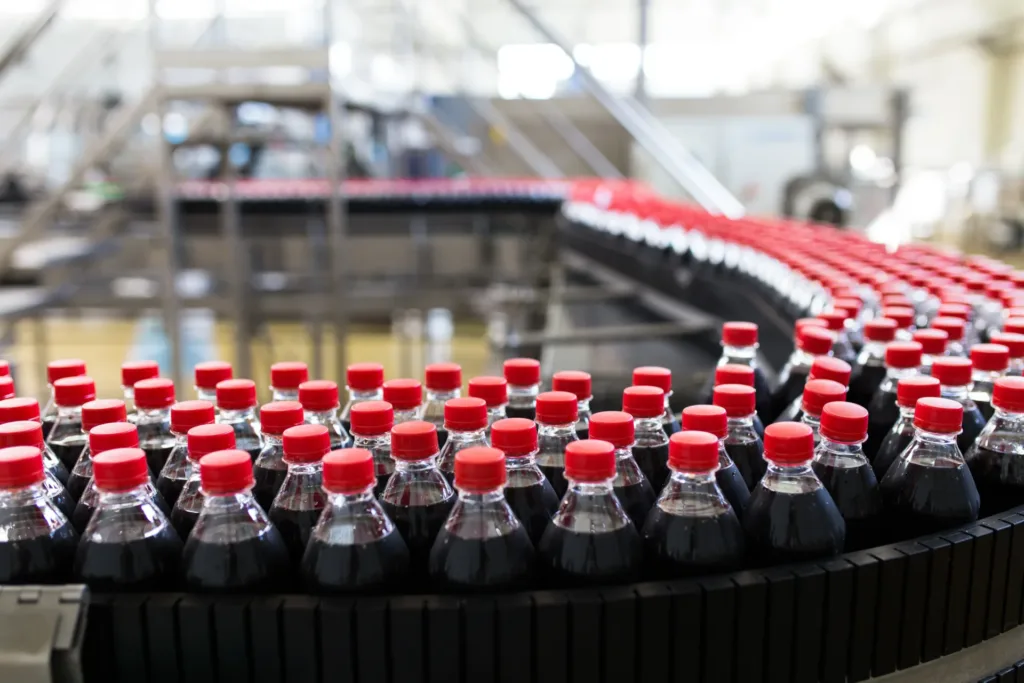Industrial RO Water Purifier Pricing
Blog details back to home Table of Contents In this blog post, we will explore the steps and strategies to successfully launch your own carbonated soft drink line. From product development to marketing and distribution, we’ll guide you through the process and help you create a fizzing sensation in the beverage industry. l cover all the essential aspects of starting your own carbonated soft drink line. So, get ready to dive into the exciting world of beverage entrepreneurship! Step 1: Product Development The first and most crucial step in launching your own carbonated soft drink line is product development. This is where you let your creativity flow and come up with a unique and refreshing beverage that will captivate the taste buds of your target audience. Think about what makes your drink different from the rest. Is it a new flavor combination, a healthier alternative, or a unique packaging design? Whatever it may be, ensure that your product stands out in a crowded market. Step 2: Market Research Once you have a solid product concept, it’s time to dive into market research. This step is essential to understand your target audience, their preferences, and the current trends in the beverage industry. Conduct surveys, focus groups, and interviews to gather valuable insights. Analyze the data to identify gaps in the market and opportunities for your product. By understanding your customers’ needs and desires, you can tailor your marketing strategies to resonate with them. Step 3: Branding and Packaging Branding plays a vital role in the success of any product. Develop a brand identity that reflects the essence of your carbonated soft drink line. Choose a catchy and memorable name, design a captivating logo, and create a compelling brand story. The packaging of your product should be eye-catching and align with your brand image. Consider using sustainable materials and eco-friendly packaging options to appeal to environmentally conscious consumers. Step 4: Marketing and Promotion Now that you have a fantastic product and a strong brand, it’s time to spread the word and create a buzz around your carbonated soft drink line. Develop a comprehensive marketing strategy that includes both online and offline channels. Utilize social media platforms to engage with your target audience, create enticing content, and run targeted ads. Collaborate with influencers and bloggers to amplify your brand’s reach. Additionally, consider participating in trade shows and events to showcase your product to potential customers and distributors. Step 5: Distribution and Sales To make your carbonated soft drink line accessible to consumers, you need to establish a robust distribution network. Research and identify potential distributors, wholesalers, and retailers who align with your brand values and have a strong presence in your target market. Negotiate favorable terms and build strong relationships with your distribution partners. Ensure that your product is readily available in stores, supermarkets, and online platforms. Monitor sales and gather feedback to continuously improve your distribution strategy. Step 6: Continuous Innovation and Adaptation Launching your own carbonated soft drink line is just the beginning of your entrepreneurial journey. To stay ahead in the competitive market, you need to continuously innovate and adapt to changing consumer preferences. Keep an eye on industry trends, listen to customer feedback, and explore new flavors and packaging options. Embrace sustainability and explore ways to reduce your carbon footprint. By staying innovative and adaptable, you can ensure the long-term success of your carbonated soft drink line. So, are you ready to embark on this exciting venture? Follow these steps, stay passionate, and believe in your product. With dedication and perseverance, you can create a carbonated soft drink line that not only quenches thirst but also inspires and delights consumers around the world. Cheers to your entrepreneurial journey! As you embark on the journey of launching your carbonated soft drink line, consider partnering with us for unparalleled support and expertise in setting up your manufacturing infrastructure. Our Added Value: Comprehensive Solutions: From bottle manufacturing to filling and packaging, we provide end-to-end solutions tailored to your needs. Cutting-Edge Machinery: Benefit from state-of-the-art machines that ensure efficiency and precision at every stage of production. Sustainable Practices: Embrace eco-friendly initiatives with our machinery and processes, aligning seamlessly with your commitment to sustainability. Expert Consultation: Our experienced team offers guidance on optimal plant setup, ensuring seamless operations from day one. Reliable Service and Maintenance: Count on us for continuous support, with reliable service and maintenance plans to keep your production line running smoothly. Why Choose Us? In the competitive landscape of beverage manufacturing, our commitment to innovation, quality, and sustainability sets us apart. Elevate your venture with our cutting-edge solutions and industry-leading expertise. Trust us to be your partner in creating a carbonated soft drink line that not only meets industry standards but exceeds expectations. Ready to take the next step? Choose excellence, choose innovation, choose us. Your success story starts here. Recent Posts Development Industry Innovation manufacturing operations product technology Industry 4.0 sing up our newsletter Sign up today for hints, tips and the latest Industry news, insights – plus exclusive special offers.
Industrial RO Water Purifier Pricing Read More »











